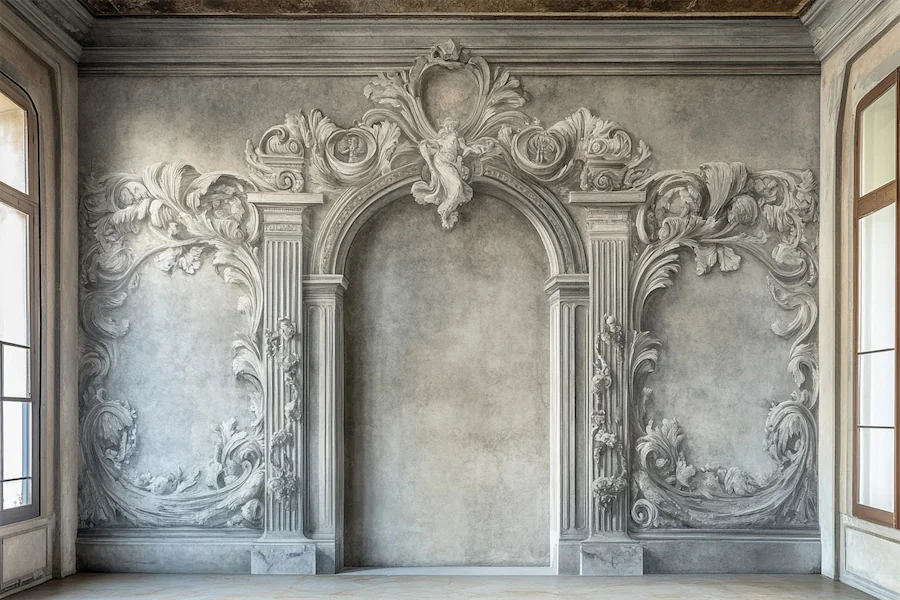The Renaissance, spanning from the 14th to the 17th century, marked a profound revival of classical antiquity’s art and architecture. This period emphasized symmetry, proportion, and the incorporation of ancient Greek and Roman design principles. Central to Renaissance architecture were the walls, which transitioned from the fortified, utilitarian structures of the Middle Ages to more refined and ornamented elements that harmonized aesthetics with functionality.
History and Origins of Renaissance Walls
Originating in Florence, Italy, the Renaissance architectural movement sought to break away from the Gothic style, embracing a return to classical ideals. Walls became canvases for artistic expression, adorned with pilasters, columns, and decorative motifs that reflected humanist ideals and the rediscovery of ancient texts and ruins. This architectural philosophy spread throughout Europe, influencing the design and construction of edifices across the continent.
Key Features of Renaissance Walls
Renaissance walls are characterized by several distinct features:
- Symmetry and Proportion: Drawing inspiration from classical architecture, walls were designed with balanced proportions, often adhering to mathematical ratios to achieve harmony.
- Use of Classical Orders: Incorporation of Doric, Ionic, and Corinthian pilasters and columns into wall designs added depth and a sense of grandeur.
- Decorative Elements: Features such as cornices, friezes, and cartouches were commonly used to embellish walls, showcasing intricate carvings and reliefs that depicted mythological or historical scenes.
- Rustication: The deliberate roughening of stone blocks on lower wall sections provided a textured appearance, conveying strength and stability.
Applications of Renaissance Walls
Renaissance walls were integral to various structures, including:
- Palaces and Villas: Walls of grand residences, such as the Palazzo Medici Riccardi in Florence, featured harmonious proportions and classical decorations, reflecting the wealth and cultural aspirations of their owners.
- Churches and Cathedrals: Ecclesiastical buildings incorporated walls with pilasters and entablatures, creating a sense of order and reverence, as seen in St. Peter’s Basilica in Rome.
- Public Buildings: Structures like courthouses and libraries employed Renaissance wall designs to convey civic pride and stability, exemplified by the Lescot Wing of the Louvre in Paris.
Considerations When Choosing Renaissance Walls
When incorporating Renaissance-style walls into contemporary architecture, consider the following:
- Material Selection: Utilize authentic materials such as stone or stucco to replicate the traditional appearance and durability of Renaissance walls.
- Artisanal Craftsmanship: Engage skilled artisans capable of executing detailed carvings and ornamental work to maintain historical accuracy.
- Contextual Harmony: Ensure that the Renaissance wall elements integrate seamlessly with the surrounding architectural features and the building’s overall design.
Conclusion
Renaissance walls epitomize the era’s architectural rebirth, blending classical aesthetics with innovative design. Their enduring appeal lies in the harmonious proportions, decorative richness, and timeless elegance they bring to structures, continuing to inspire architects and designers in creating spaces that reflect beauty and balance.
